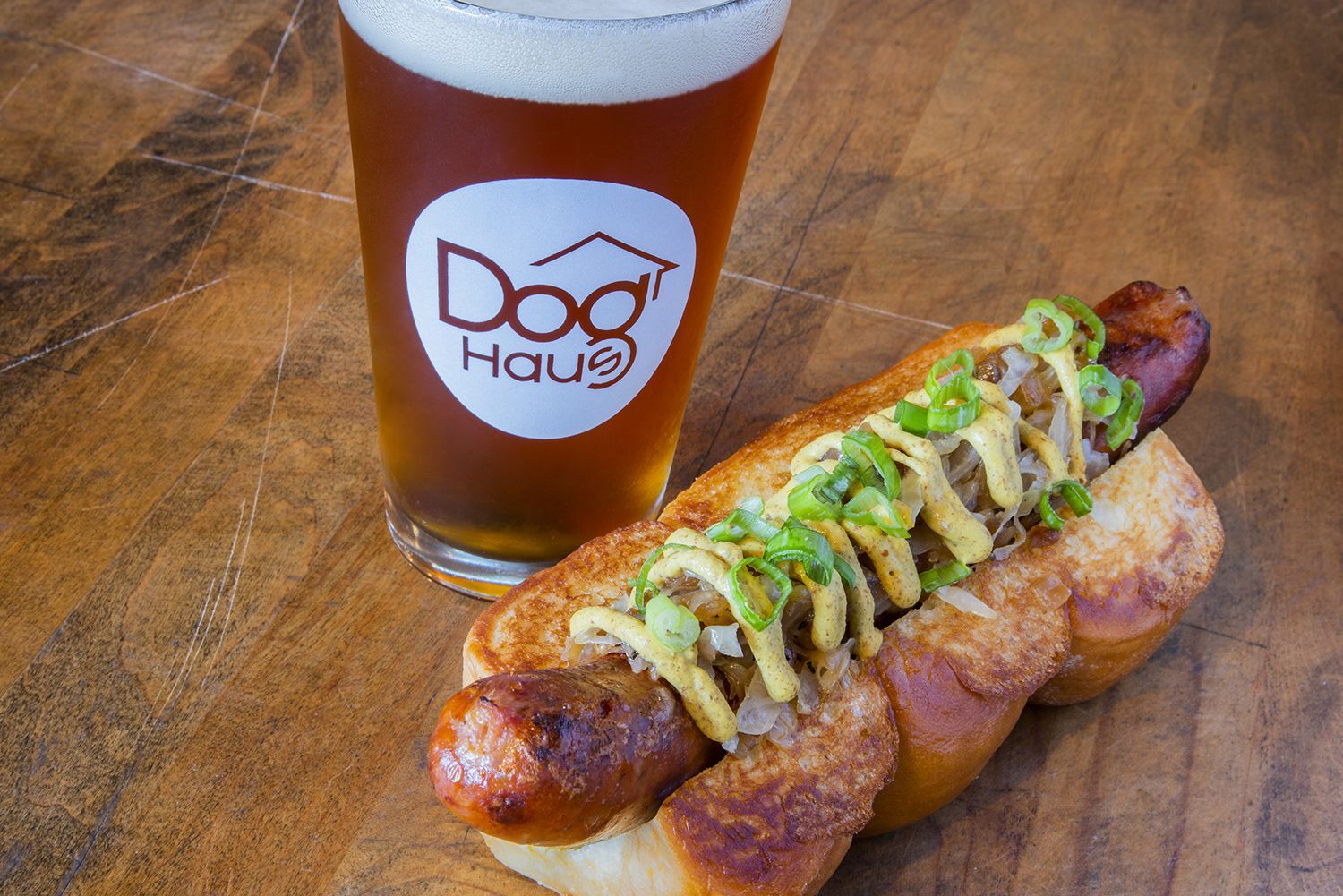Viral Instagram photos.
Thousands of Facebook followers.
A blossoming email newsletter.
Investing in paid social ad campaigns.
But how are these actually driving impact for your brick-and-mortar business?
Sound familiar?
Businesses with physical locations, like restaurants and retailers, have a digital marketing problem. They’re hungry for results, so they can’t resist the appeal of the all-too-trackable data from their digital marketing efforts. But when the time comes to tie that data back to actual revenue and guest visits — they can’t. They can only make educated guesses about what impact their digital advertising efforts have on guest foot traffic and purchases in store.
“It has become common practice for clients with physical locations to spend their marketing budgets on digital platforms and track online metrics such as impressions, clicks, and follows,” says Nitin Duggal, CEO of Adentro. “But these are vanity metrics that are not true indicators of driving customers into your physical stores or restaurant locations to make purchases, so you should not rely on them for driving in-store sales.”
And that’s where visit-based marketing steps in to close the gap between digital marketing and in-store customer behavior. It’s the next evolution of marketing for physical businesses, allowing retailers to connect their digital marketing and advertising efforts with actual in-store outcomes. And as a result, they can build marketing campaigns that get real customers to walk through the door.
To be direct, visit-based marketing is marketing that can be measured by the actual guest visits driven to a physical location.
Visit-Based Marketing Measures the Real Outcome of Digital Marketing
Historically, restaurants have had access to store visit metrics through sources like Yelp, Facebook, and Google. The problem is that these sources are built with sample data (largely from GPS sources) and extrapolations that lack reliability and accuracy. They often aren’t precise enough for dense urban environments or establishments in multi-level buildings. And even if they can tell you a guest came through your doors, they can’t tell you WHICH guest it was or allow you to leverage that data in the guest’s profile moving forward.
On the other hand, Adentro’s visit-based marketing solution can tie guest visits to a specific guest profile, so you not only know that someone visited — you know WHO visited. As a result, you can track valuable details like how frequently a person comes into your business, what time of day they’re most likely to visit, which promotions they’ve engaged with, and through which channels — and therefore you can make informed decisions based on accurate data, not approximations. By combining online behavior with in-store visit data, you have a complete profile of your customers, giving you the ability to segment and personalize communications with ease.
In-Store Visit Data = Marketing Fuel
Before diving into the benefits of visit-based marketing, it’s important to understand what fuels it: visit data. In its oldest form, guest visit data was tracked with punch cards, an easy way to know if a guest had been there before, incentivize return visits, and reward loyalty. More recently, it’s through a loyalty program. Loyalty has become the only option available to associate visit data with specific guest profiles, therefore allowing a business to incentivize repeat purchases and understand customer behavior. The issue is that loyalty programs aren’t enough.
Even Starbucks, which has one of the most robust loyalty programs, only sees 40% of their sales coming from loyalty customers. So while this is still valuable information, you’re missing the opportunity to engage the broader majority of your customer base and increase visit frequency with those that aren’t already loyal to your restaurant.
The good news is, however, that new advancements in technology now allow us to leverage a device that pretty much everyone has in their possession all the time. The mobile phone is a key source of visit data. In the past couple of years, GPS data has been the primary source of consumer visit tracking, but with increasing regulations in the consumer privacy space, the accuracy of GPS data has significantly degraded.
WiFi, on the other hand, is omnipresent. Mobile phones are set up to be looking for WiFi signals at all times — unless it’s off or on airplane mode — and as it searches for available networks, WiFi access points can capture the unique device ID associated with the phone. Then, when a guest actually opts into a business’s WiFi network enabled with Adentro, both their email address AND mobile device ID are captured, enabling the creation of a guest profile, the ability to target them with online campaigns, and measure each time they visit your physical location.
The connection between your CRM and the guest’s mobile phone provides modern customer visit data, which is much more than just counting visits; you can also understand recency, time of day they visited, day of week they visited, and dwell time. And when you assign Labels to days of week or time of day, suddenly it’s much easier to differentiate between your weekday lunch crowd and your late-night weekend crowd.
When you have this level of understanding associated with a guest profile, you can more effectively drive growth through personalization, acquisition, and measurement.
Customers, Not Clicks: The Benefits of Visit-Based Marketing
Visit-based marketing cuts through the noise of online metrics to show you how your online performance impacts in-store outcomes in three important ways:
1. Activates Real People Rather Than Online Approximations
Having a digital presence is critical for a store with a physical presence. But online success measurements like impressions, clicks, and downloads don’t give restaurants and retailers the complete picture of how their marketing impacts actual customer activity. Visit-based marketing connects the dots between engaging customers with your brand online and bringing them in-store to complete the experience.
“It’s easy to get excited about online interaction and consider your digital marketing efforts a success based on impressions, clicks, and likes,” says Megan Wintersteen, Adentro’s VP of Marketing. “But the reality is, these people may not be paying customers. Visit-based marketing tracks actual visits from real customers after campaign exposure, so you can actually understand the real business impact of your marketing efforts.”
2. Optimizes Your Marketing for ROI
Online businesses know a lot about their customers because their customers think, shop, and buy online. Restaurants and retailers don’t have that luxury. They don’t know what makes a loyal customer come into the store to make a purchase. When physical stores use digital data to inform their planning and strategy, they’re using loose, often erroneous assumptions about what customers want without connecting with a real customer. They make marketing decisions based on the wrong outcome because the people who engage online are often different from those who walk into the store.
Visit-based marketing, on the other hand, provides a direct measurement of results that is immediate or as close to real-time as possible. The graphic below shows a clear comparison between digital metrics and visit metrics. Physical stores that track online metrics will only have visibility into clicks and CPC (cost per click) to measure and optimize campaigns, but the truth is that those clicks may not translate into walk-throughs or orders.
On the other side of the graphic, you can see how tracking visit data gives you a much clearer understanding of where to make your investment moving forward. This data shows how many people walked through the doors of a restaurant after seeing an ad. And while the below figures are based around an average order value, point-of-sale integration can more accurately show how much each guest spent after seeing an ad, giving restaurants and retailers the valuable data they need to pivot campaigns in progress and optimize for the best possible ROI.
“Restaurants or any brick-and-mortar business solely assessing their marketing performance with online data will not achieve an efficient return on their investment,” explains Wintersteen. “A common example of this is when chain restaurants decide to run the exact same campaign for all their locations. The campaign may be successful in driving revenue for one location, but it may be less effective for another. Without visit data, these restaurants can’t compare foot traffic across locations and, as a result, won’t know how to adjust their messaging and allocate their budget accordingly.”
3. Increases Customer Lifetime Value
In the fight to acquire new customers, retailers and restaurants often focus their ad spend on getting fresh eyes on their ads and driving as much new traffic to their business as possible. But it can be as much as five times as expensive to acquire a new customer as it is to bring an existing customer back to make a repeat purchase.
Visit-based marketing allows you to identify those existing customers in real-life and focus your efforts on driving incremental visits and sales from them, boosting the overall Customer Lifetime Value (CLTV). When your messaging aligns with real customers, you can use special privileges, perks, and offers to encourage them to visit more frequently and re-engage customers who haven’t returned.
“When you can multiply a guest’s lifetime number of visits by their average check amount and tie that to which ads they’ve seen and engaged with online, you can really start to get a look at the lifetime value of your customers.”
— Dan Bejmuk, CEO of Dreambox Creations

Track In-Store Activity, Get In-Store Results
Online retailers are driving prices down and customer expectations up, and customers of every demographic are dramatically shifting their shopping and dining habits. Through it all, stores with physical locations lose their grip on their experience-driven advantage by distracting themselves with fleeting digital performance metrics.
Only visit-based marketing connects the dots between which online experiences influence in-store behavior because only visit-based marketing connects customer transaction data to real devices and real activity. It allows retailers and restaurants to optimize their online ad spend and in-store customer activity to make the best of both worlds.
About Adentro
Adentro is the only visit-based marketing platform that pairs with your in-store WiFi to drive real guest visits AND proves it. Our technology helps you identify unknown customers, attract new ones, and measure their visit behavior. Our proprietary Walk-Through Rate™ combined with enriched customer profiles simplifies how you drive and measure revenue impact at your locations. Are you investing in digital advertising? Leverage our database of more than 53M consumers to target your campaigns towards locals visiting businesses like yours. Adentro helps you better understand your guests for more effective marketing and increased ROI.





